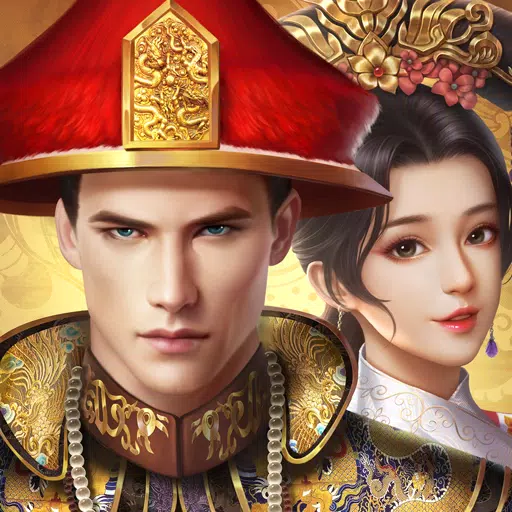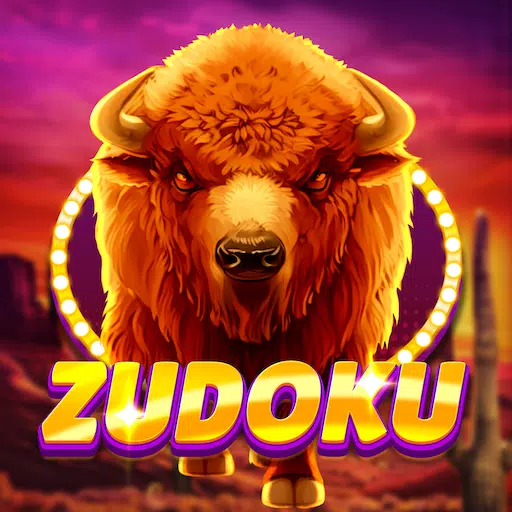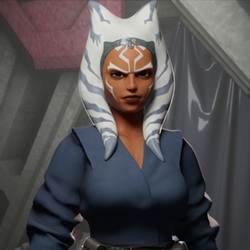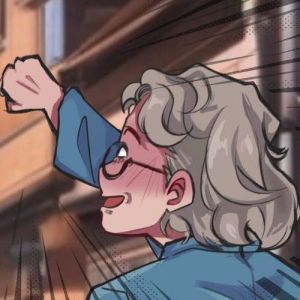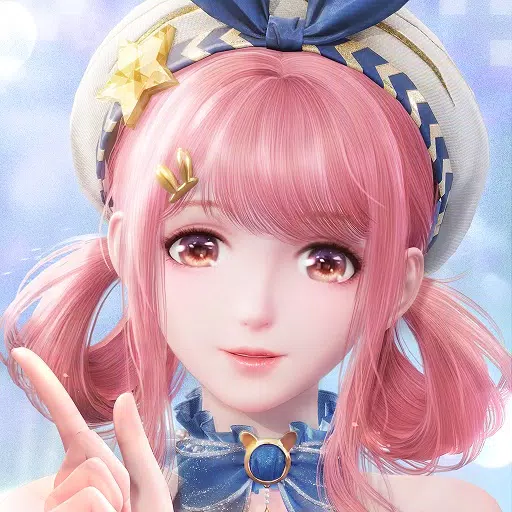In the vibrant world of superhero narratives, few teams have left as lasting an impact as Marvel's Fantastic Four. Often called Marvel's First Family, this extraordinary group has captivated audiences for over six decades with their unique blend of heroism, family dynamics, and relatable flaws. A new trailer for Fantastic Four: First Steps offers a glimpse into Marvel Studios' latest interpretation of these iconic characters.
Set against a retro-futuristic 1960s backdrop, the film introduces Reed Richards/Mr. Fantastic (Pedro Pascal), Sue Storm/Invisible Woman (Vanessa Kirby), Johnny Storm/Human Torch (Joseph Quinn), and Ben Grimm/Thing (Ebon Moss-Bachrach). Together, they face the challenges of being both a family and Earth's protectors, confronting Marvel's formidable foe Galactus (Ralph Eienson) and his herald, the Silver Surfer (Julia Garner).
This adaptation promises a fresh take on the Fantastic Four's legacy, blending thrilling action with heartfelt moments emphasizing familial bonds. Let's explore their fascinating origin story and see how it connects to the new film.
Table of Contents
- The Birth of Marvel's First Family
- A Moment of Inspiration
- Breaking the Mold
- The Plot of Fantastic Four: First Steps
- Modern Relevance and Future Directions
- Conclusion: Why the Fantastic Four Endure
The Birth of Marvel's First Family
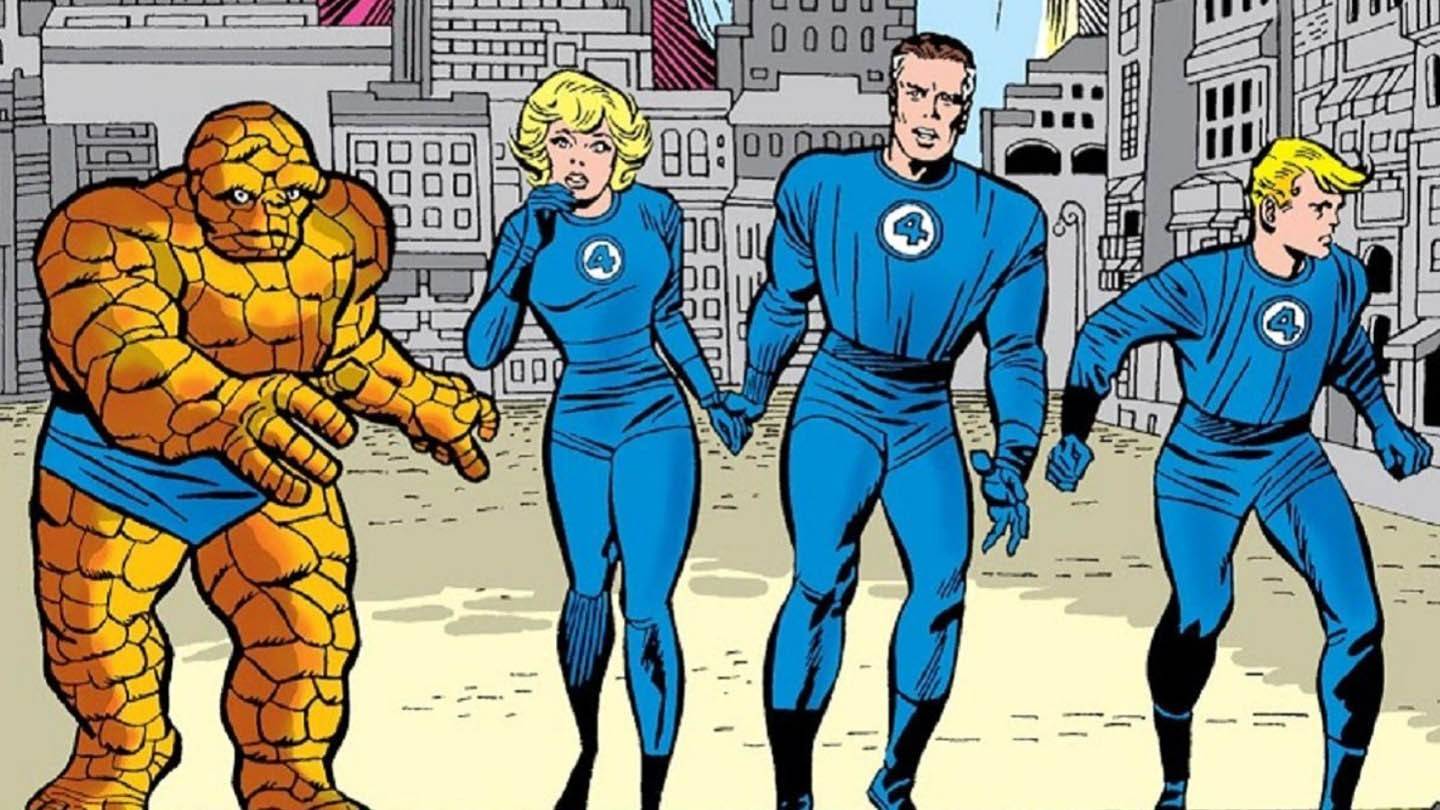
Despite being over 60 years old, the Fantastic Four remain a beloved part of Marvel Comics. While their popularity fluctuated (for example, between 2015 and 2018, they lacked their own series), they've regained significant ground thanks to creative efforts from writers like Alex Ross. But how did this legendary quartet originate?
A Moment of Inspiration
By 1961, Stan Lee, Marvel's editor-in-chief and art director, felt creatively depleted. His wife, Joan, encouraged him to create something he'd enjoy. Simultaneously, Marvel publisher Martin Goodman, aware of DC Comics' successful Justice League, tasked Lee with creating a superhero team. Lee, however, aimed to break from conventional storytelling.
Breaking the Mold
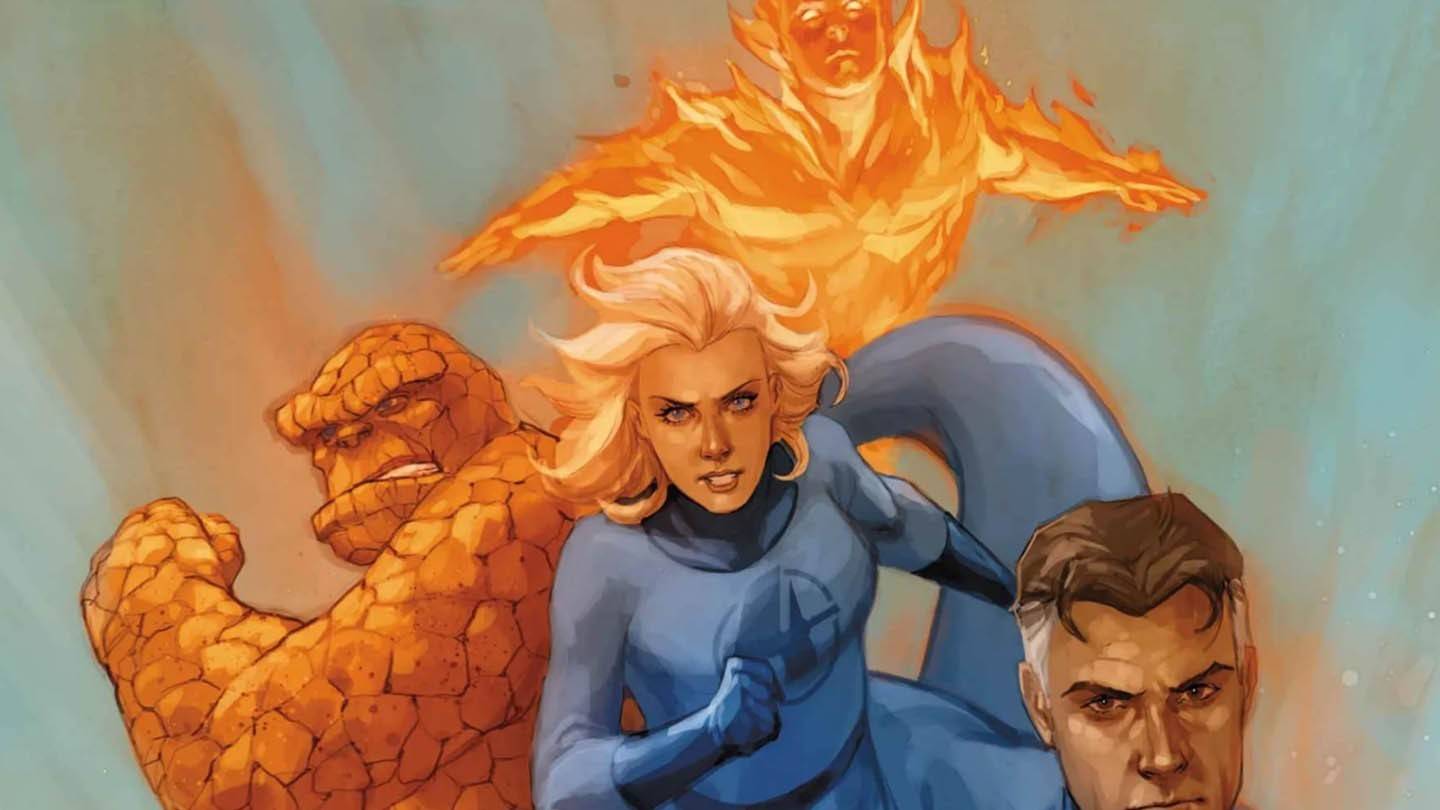
Lee envisioned a team of flawed, relatable heroes: the brilliant but aloof Reed Richards; the capable Sue Storm; the impulsive Johnny Storm; and the gruff, loyal Ben Grimm. Working with artist Jack Kirby, he created distinct personalities. Kirby's artistic genius shaped the visual identity, particularly the Thing, transforming a vague description into the iconic orange powerhouse.
The Plot of Fantastic Four: First Steps
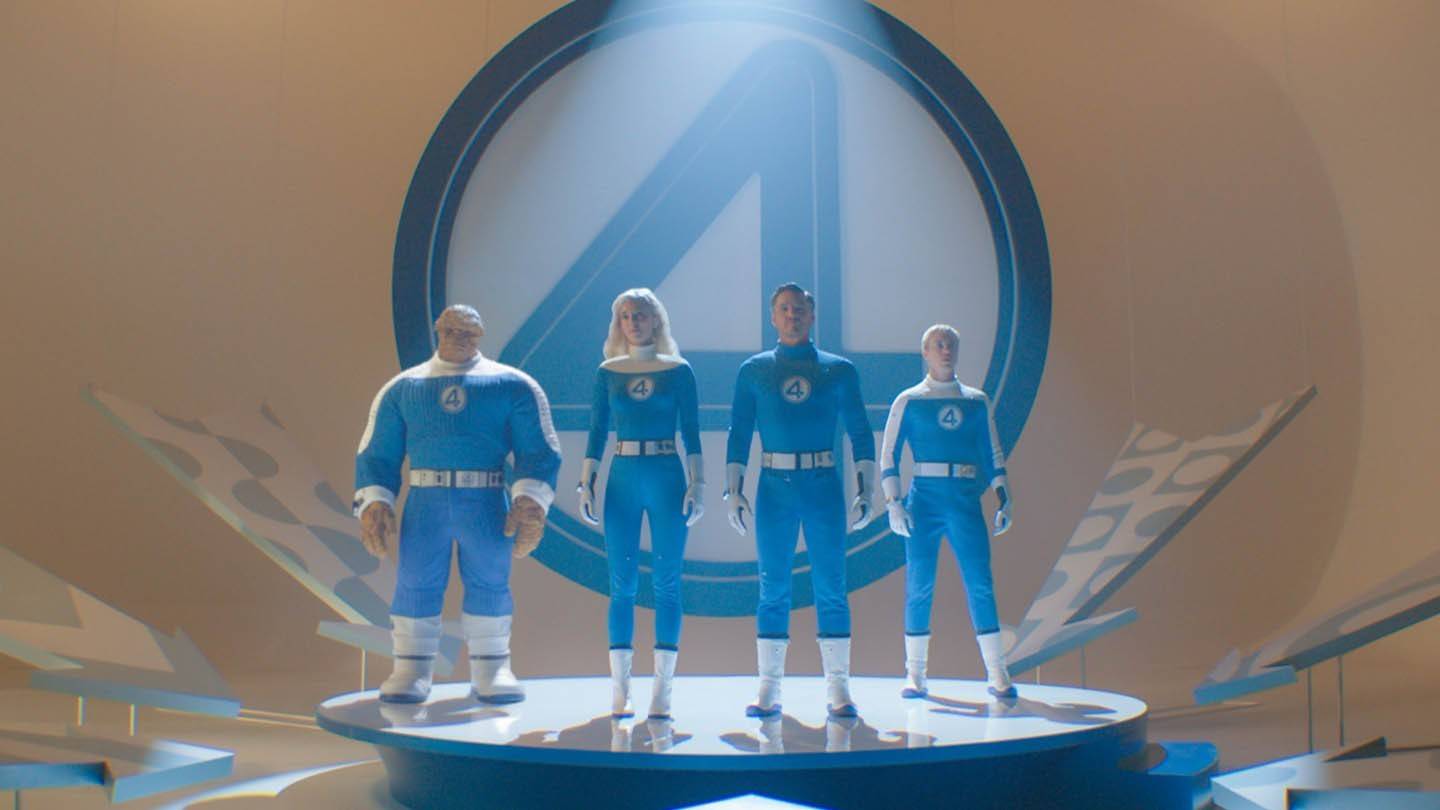
The plot of Fantastic Four: First Steps draws heavily from the first comic book. Fantastic Four #1 (August 1961) used a non-linear narrative, opening mid-action. The team's identities and backstories are gradually revealed, adding intrigue. The story centers on their fateful space mission, where Reed Richards' experimental spacecraft, launched despite warnings about cosmic rays, exposes them to radiation, granting them powers. This mission, mirroring Yuri Gagarin's spaceflight, sets the stage for their future adventures.
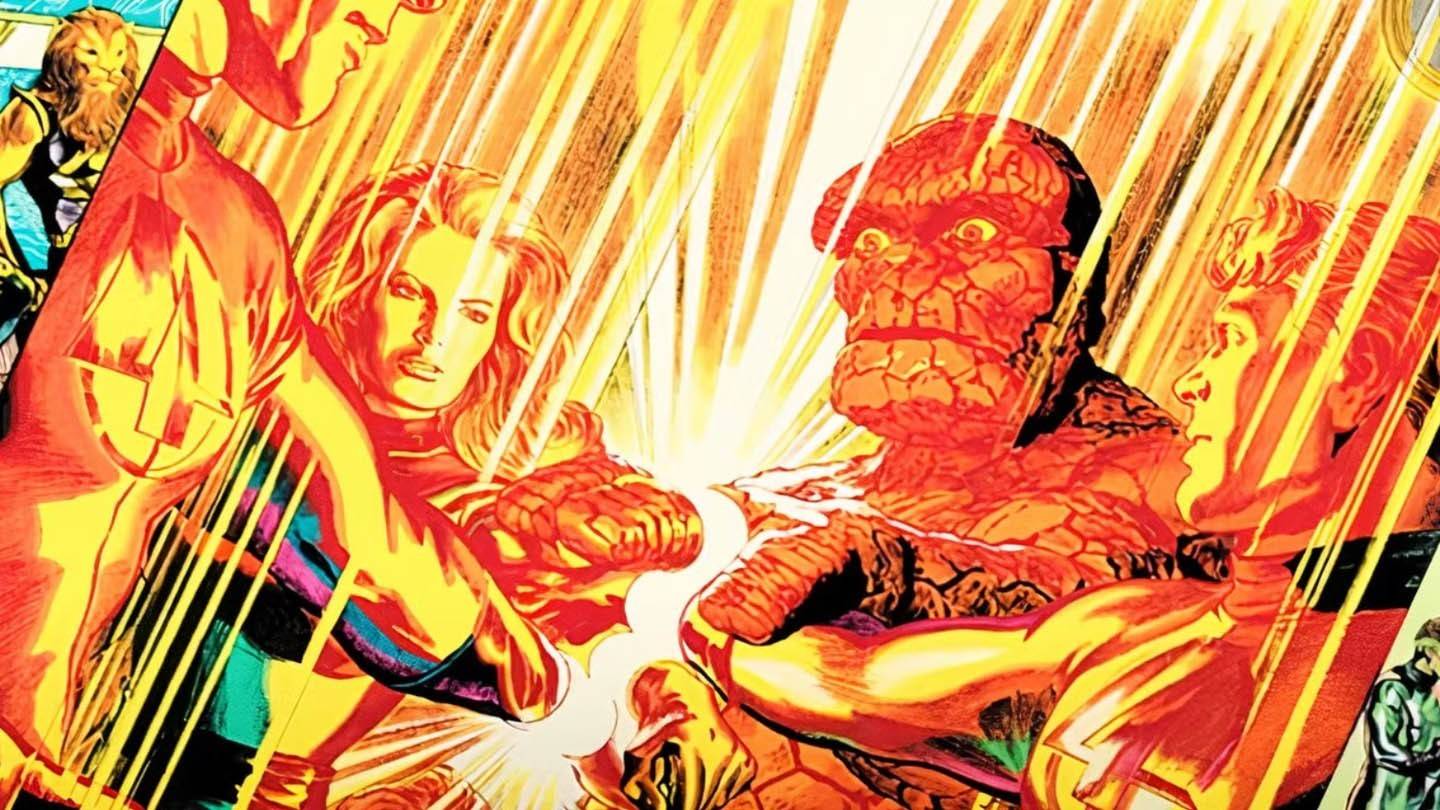
Their debut mission involves confronting the Mole Man, highlighting their teamwork and ingenuity. While seemingly simple, the story's impact is significant. The focus on flawed, relatable characters established Marvel's signature style.
Modern Relevance and Future Directions
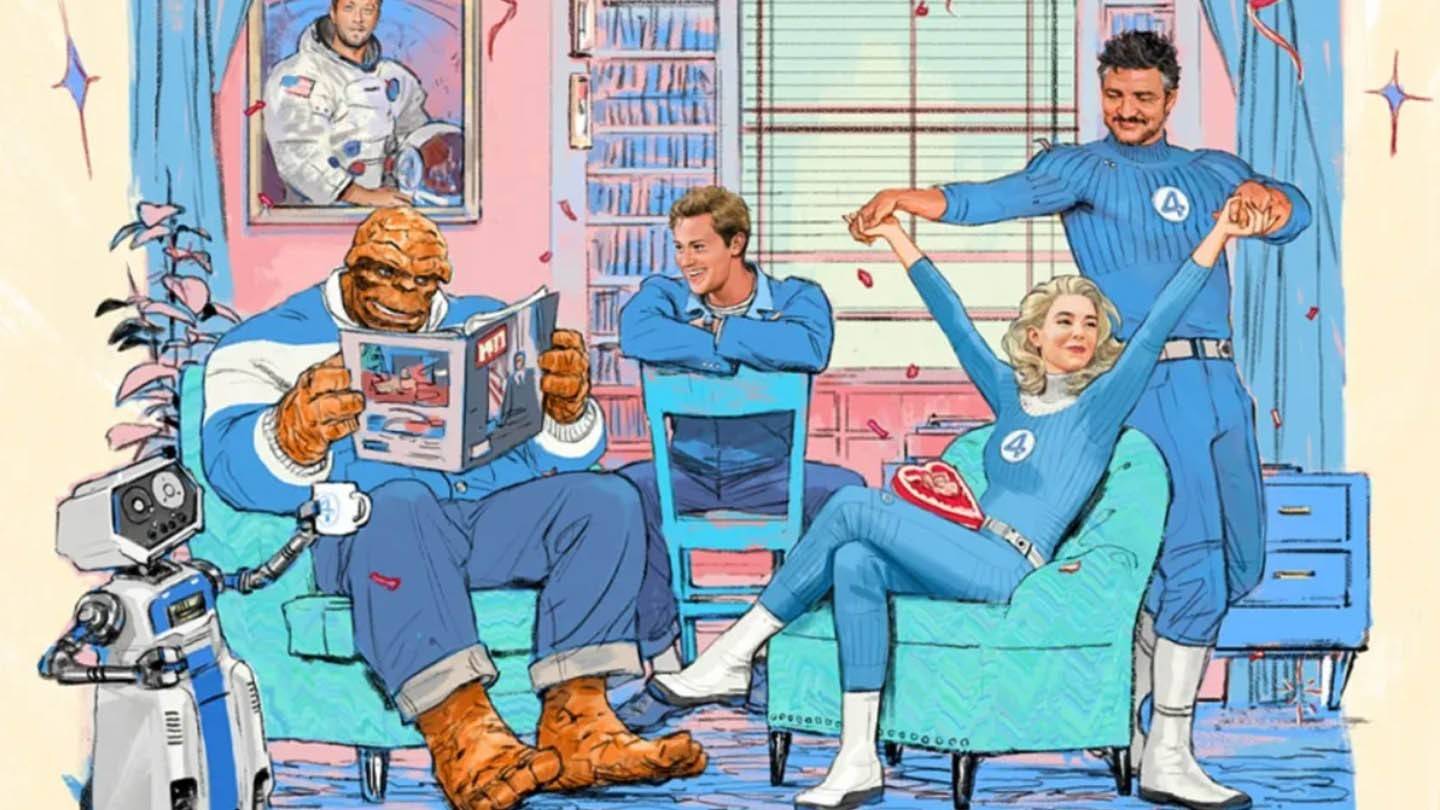
The Fantastic Four continue to evolve within the Marvel Universe. Recent series, like the one by Ryan North and Iban Coelho, offer a blend of humor, action, and drama. Previous iterations, such as Dan Slott's run, received mixed reviews, while Brian Michael Bendis' portrayal of Doctor Doom returned him to his classic villainy. Despite this, the Fantastic Four remain integral to Marvel's narrative, playing key roles in events like Devil's Reign. Fans eagerly await further developments, especially with Fantastic Four: First Steps.
Conclusion: Why the Fantastic Four Endure
From their debut in Fantastic Four #1 to their return to the big screen, the Fantastic Four exemplify Marvel's storytelling. Their complexity, vulnerability, and familial bonds transcend traditional superhero narratives. Their adventures will undoubtedly inspire new generations. Whether battling cosmic entities or personal struggles, the Fantastic Four showcase that true strength lies in unity, resilience, and love—values that ensure their enduring legacy.
 Home
Home  Navigation
Navigation






 Latest Articles
Latest Articles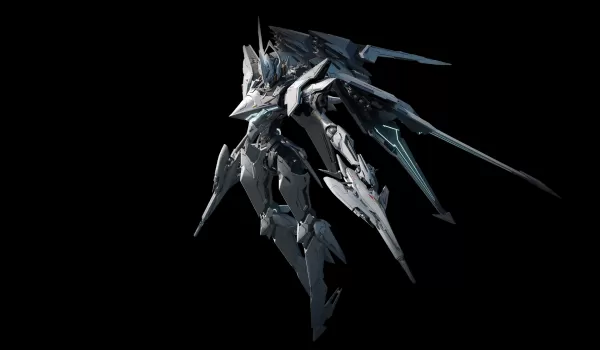

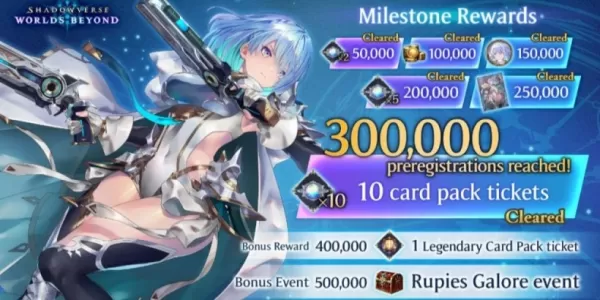








 Latest Games
Latest Games